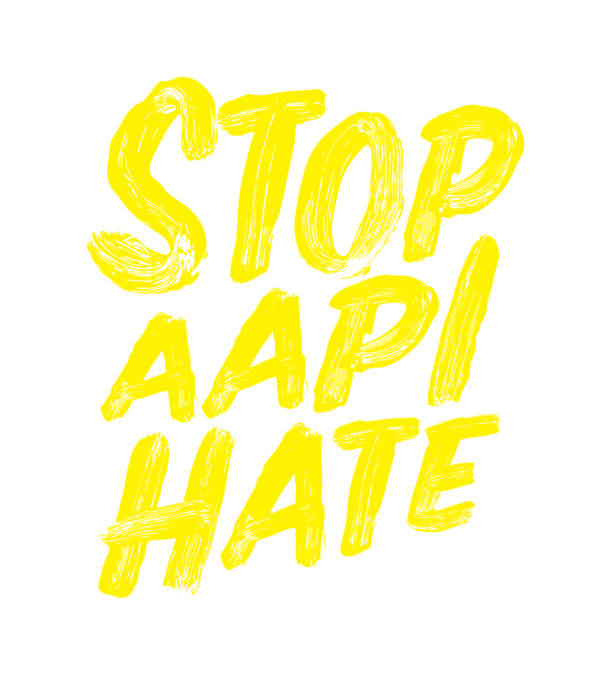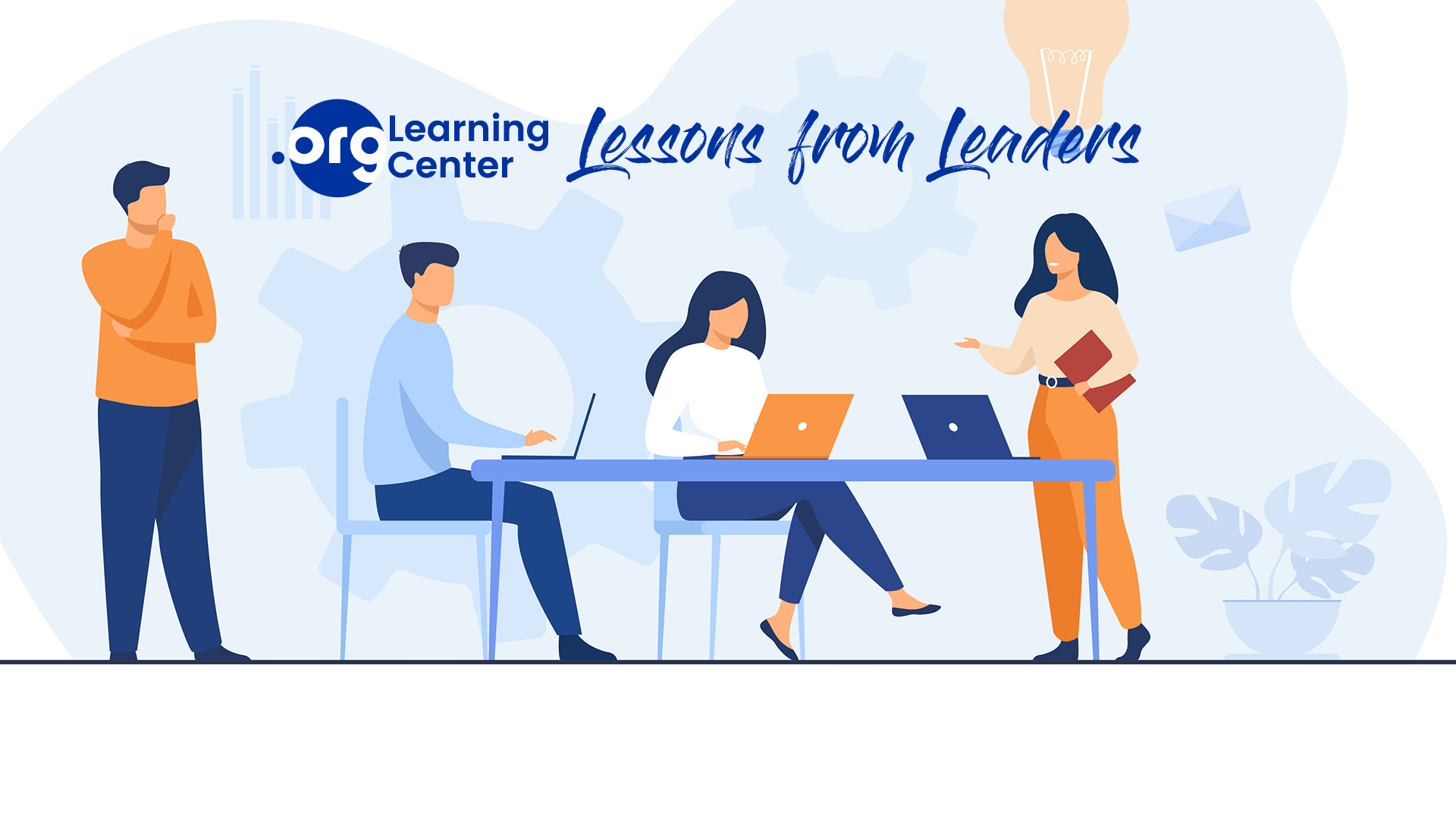A conversation with Stephanie Chan, Research Manager at Stop AAPI Hate
When your organization was getting started in response to anti-Asian hate during the COVID-19 pandemic, what role did data play in your initial actions?
From the beginning, data and research have been paramount to the growth and evolution of our coalition and our movement at large. When we got word that Asian Americans were being attacked following the onset of the COVID-19 pandemic, Stop AAPI Hate jumped into action and created a reporting center to document the rise of anti-Asian hate nationwide.
In our first week, over 600 reports were submitted to our website. Since then, we have documented more than 11,500 hate incidents against Asian Amerians and Pacific Islanders.
From the thousands of reports shared with us over the last three years, our team has been able to capture key insights about anti-Asian racism that continue to bring awareness to this growing problem and drive the national conversation surrounding hate and harassment against communities like ours.
How has the role of data grown for your organization as you work towards both your short term and long term goals?
As support for our coalition has grown, so has our team. We’re broadening our policy, advocacy, and community-building work, as well as our research efforts.
With an in-house research and data team—myself included—we are now more prepared than ever before to expand our research and data program to capture more detailed insights around different forms of anti-Asian racism—insights that can be used to advance more effective solutions to anti-Asian hate, including funding and legislation.
Moving forward, I am hopeful that our data can help bridge the gap between academic research on and public understanding of hate and harassment. Since Asian American and Pacific Islander communities are underrepresented in research, it’s my hope that the coalition will pursue research in other areas that expand our national understanding of struggles among these diverse communities and support community-based organizations and initiatives who share our commitment to civil rights and racial justice.
As a non-profit, why is understanding and utilizing data important?
Data that captures people’s lived experiences allows us to better understand larger issues and how they manifest in our communities. If we learn that a large number of people share a similar problem, it suggests that something bigger and more systemic is going on. It gives us the chance to locate the root cause of the problem and to create more effective solutions.
Let me give you an example: In 2021, we noticed that most of the incidents reported to us occurred in public spaces—including businesses and transit stations. That insight compelled us to launch No Place For Hate California, a state policy agenda with the goal of creating safer, more accessible public spaces for marginalized communities like ours.
Data is also important in that it directs attention and resources to the places they are needed most. Let me give you another example: In 2021, the California Asian American & Pacific Islander Legislative Caucus used our data to advocate for the passage of an Asian and Pacific Islander Equity Budget to support victims and survivors of hate and harassment and to address long-standing inequities toward our communities. When it took effect last year, the $166 million API Equity Budget was one of the most powerful responses to anti-Asian hate.
Additionally the type of data we work with doesn’t just focus on numbers. We also ask for information that allows us to better understand what people are thinking, feeling, and experiencing on a more intimate level. Where numbers can feel impersonal and abstract, stories and anecdotes can help us find common ground—even with people we don’t know. When you read some of the incidents reported to us, you start to think to yourself: that could be my mother; that could be my grandmother; that could be my child; or that could be my friend. Building that kind of human connection is critical to advancing our movement for racial justice.
What advice would you give to other non-profits that may just be getting started on why they should invest in and pay attention to their data?
No matter what issue area you’re working on, it’s hard to know what to do about the problem if you don’t have a full understanding of it. While our intuition and experiences can guide us to an extent, we also operate on a lot of faulty assumptions due to preconceived notions and biases stemming from our environment and how we have been socialized. Research and data help us to see more objectively and to see the bigger picture.
For example, in our issue area, we know that extremely violent hate crimes against AAPIs get the most attention in the media. That might lead someone to think that we need more funding for criminal law enforcement. However, when we look at the data on reported incidents, a majority of them are not considered hate crimes, and, therefore, more funding for criminal law enforcement would not be an appropriate solution. Instead, what we need is more long-term solutions that address hate and racism at its root. That includes investments in civil rights protections, efforts to change misleading narratives around AAPI communities, and more early education about our history and culture that leads to the inclusion of our communities in the national imagination.
I also recommend prioritizing and centering the particular needs of the communities with which you work. For example, we know that many members of Asian American communities have limited English proficiency, so having the form available in Asian languages was a must.
Lastly, don’t be deterred by feeling like you don’t have research expertise. While research and data can seem intimidating, it can be as simple as doing a focus group with affected communities and identifying the major themes that arise from those conversations.
Stop AAPI Hate‘s mission is to advance equity, justice, and power by dismantling systemic racism and building a multiracial movement to end anti-Asian American and Pacific Islander (AAPI) hate.
Their approach recognizes that in order to effectively address anti-Asian racism, we must work to end all forms of structural racism leveled at Black, Indigenous, and other communities of color.


